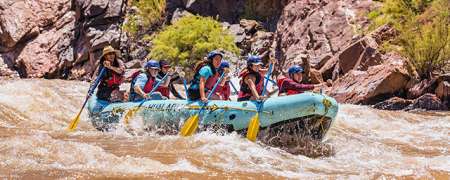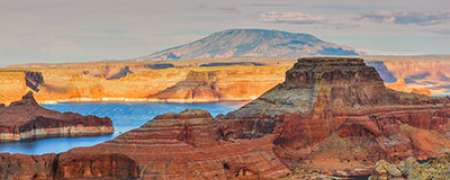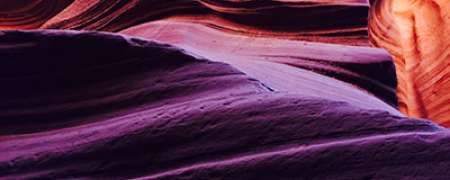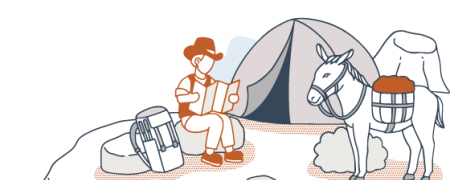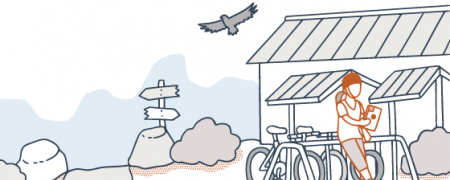Travel Information, Tours and Lodging
Driving Distance from Capitol Reef to Grand Canyon
- Capitol Reef to Grand Canyon North Rim is 258 miles, a 4 hour 40-minute drive.
- Capitol Reef to Grand Canyon East Rim is 256 miles, a 4 hour 35-minute drive.
- Capitol Reef to Grand Canyon South Rim is 369 miles, a 6 hour 50-minute drive.
- Capitol Reef to Grand Canyon West Rim is 456 miles, a 7-hour 30-minute drive.
Capitol Reef National Park Tours
There is a lot to do in Capitol Reef and the surrounding area. Hiking, backpacking and canyoneering are popular actives, as are road and mountain biking. Backcountry stock use is also allowed in Capitol Reef, but there are no developed overnight facilities. Rock climbing is also allowed in the park and is becoming more popular throughout canyon country. Unlike Guided Tours at the Grand Canyon, Capitol Reef has few tour operators and most actives are self-guided, but there are a couple great tour options at Capitol Reef and nearby parks.
Best Hotels near Capitol Reef National Park
There are no hotels in Capitol Reef National Park, but there are several options right outside the park in Torrey, Utah…Torrey also has several RV parks. Hanksville, UT is about 35 minutes from the parks east entrance and has several small hotels to choose from and some small RV parks. You can see some popular hotels below. Fruita Campground is the only campground in Capitol Reef National Park, but there are many options for developed and at large campground throughout the area. If you’re headed to Grand Canyon National Park and need lodging, make sure to reserve your hotel in advance.
Area Car Rental Options
Capitol Reef Car Rentals: You can hire private shuttles that go to Capitol Reef, but you really need your own rental car to explore this area. The main road through the park is paved, but the scenic Burr Trail that goes through the Grand Staircase and the back end of Capitol Reef is dirt. There are no rental agencies in the Park, but Cedar City, Richfield and Grand Junction have rentals if you don’t pick one up at the airport.
Capitol Reef Shuttles: There are a few companies that offer shuttles to the Grand Staircase, but they are typically expensive, so your best bet is to have your own car.
Closest Airports to Antelope Canyon
The closest major airport to Capitol Reef National Park is Salt Lake City International Airport, with Las Vegas being a close second. Cedar City, Utah and Grand Junction Colorado both have small airports, and are a little over three-hour drive from the park.
Best Restaurants and Dining Options
No food is available in the park, but the town of Torrey has a few restaurants and stores. Hanksville about 35 minutes for the east entrance also has the basics.
Weather and Climate
Spring and fall offer great weather to visit Capitol Reef with average highs in the 60’s and lows in the 40’s. Since this is a desert climate, it has an average rainfall of only 7 inches a year. Summer is also a good time to visit, but days can get a bit toasty with highs near 90 degrees, however it does cool off significantly at night. The winter season is fairly cold with some snow and little visitation, but highs can still reach 50 making for a mild winter season.
